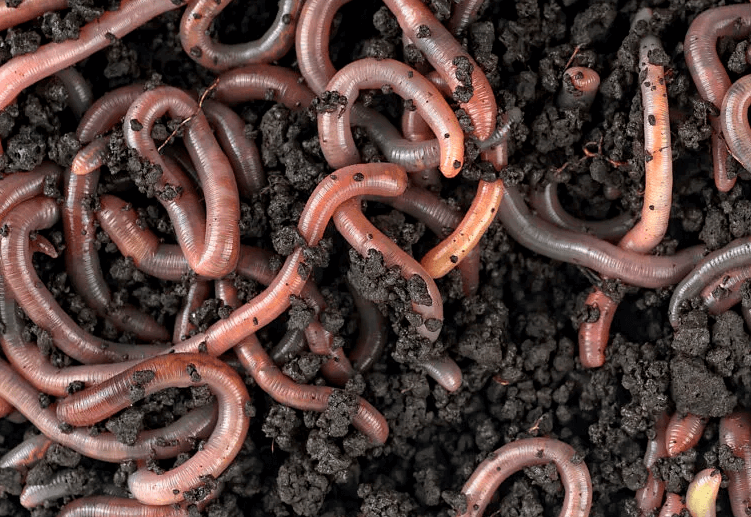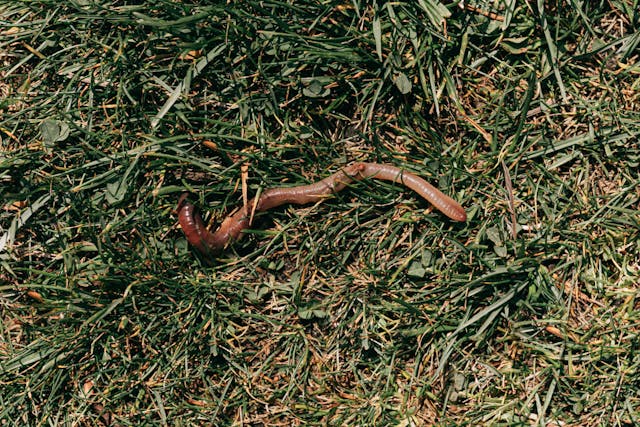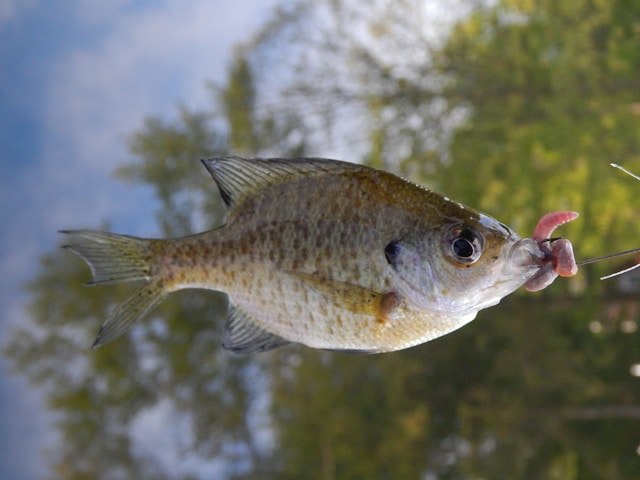For those who love to wet a line, there’s something both calming and thrilling about the act of fishing. But for a true angler, it runs deeper than a casual hobby; it’s a way of life. Part of the allure is the connection to nature, which has led many anglers to move beyond just catching fish to exploring bait making, a challenge in itself that is equally rewarding.
One of the most practical yet underappreciated aspects of bait making is worm farming. If done right, this technique lessens the impact on wild worm populations, effectively reducing waste and promoting a self-sustaining ecosystem. In this guide, we will explore the art of growing worms, transforming you from avid angler to eco-conscious bait artisan.
Understanding the Worm
Before we can discuss farming, we must first understand our small, wriggly companions. There are various types of worms that can be used for fishing, but the most common include Red Wigglers, European Nightcrawlers, and Canadian Nightcrawlers. Each species has its own unique qualities, such as preferred living conditions and suitability as fishing bait.
Worms are vital to soil health and the adventure of fishing, where they serve as a tasty staple for many finned species. In the wild, they play a critical role in the decomposition process, breaking down organic material and returning vital nutrients to the Earth. By farming worms, we replicate their natural environment, ensuring that we can foster and utilize their beneficial properties without depleting natural stocks.
Building Your Worm Farm
In creating your worm farm, consider what type of worms you want to raise, as this will dictate your method. Farms can be as simple as a plastic bin or as complex as a multi-level, aerated system. The key is to keep an environment that is conducive to worm health and reproduction.
Choosing a Container
Choosing the right container is essential. Depending on the scale of your operation, a plastic tub with a lid might suffice, provided you can drill air and drainage holes. For larger farms, there are specialized worm bins available that offer more sophisticated management of moisture and air.
The Habitat Within
Inside your chosen container, you’ll need a few key elements to mimic the worms’ natural environment:
- Bedding: Comprising moist paper, wood shavings, or even coconut coir, the bedding provides space for the worms to burrow and helps maintain their preferred moisture levels.
- Food: Worms will feed on kitchen scraps, coffee grounds, and garden waste, turning these into nutrient-rich castings, or worm poop, which is a prized organic fertilizer.
- Darkness: Worms are sensitive to light, so the container should be kept in a shaded, dark space.
Maintaining the Right Environment
Successful farming is all about creating an optimal living setup. The farm should be kept between 55-77°F with moisture levels that are damp but not wet—much like a wrung-out sponge.
Worm Population Management

Starting Small
Begin with a small population of worms, roughly 500, and allow them time to acclimate to their new home. This is essential for them to establish and reproduce.
Population Growth
A mature worm should lay around one cocoon, each containing between 2 to 20 worms, per week. This slow and steady approach ensures the population grows in line with the farm’s capacity.
Harvesting and Use
The worms should be ready for harvesting after about three months. They are then used as bait for fishing as normal, luring in the catch of the day with ease.
Troubleshooting Common Worm Farm Issues
Like any farming endeavor, raising worms can present challenges. Here are a few common problems and their solutions:
Foul Odor
This can often be attributed to overfeeding. Remove any uneaten food and allow the bin to air out a bit. If the problem persists, consider reducing feedings or increasing aeration.
Unwanted Pests
If pests like fruit flies are showing interest in your farm, it’s a sign that your balance may be off. Be sure not to overfeed and always bury food under the bedding.
Escaping Worms
Worms can be escape artists; ensure your bin has a secure lid with adequate aeration and that food is consistent and buried to keep their interest within the confines of the farm.
Harvesting Your Bait
After ensuring the system is mature enough and stabilized, begin harvesting. There are various methods, from hand sorting to mechanically separating worms from their castings. Each method varies in speed and effectiveness, so choose what works best for your operation.
Be mindful that this is a living farm. The goal is not to harvest all worms but rather to maintain a balance that allows for continuous utilization without depleting the population.
The Environmental and Economic Benefits
Conservation of Wild Worm Populations
By farming worms for bait, you’re effectively reducing the demand on wild populations. This conservation effort ensures the future of fishing.
Producing Quality Bait
Farmed worms are often healthier and more robust, making them more effective on the hook and potentially offering better catches.
Fostering a Sustainable Ecosystem
Worm farms are a microcosm of sustainability. They recycle waste, produce food for you and your fish, and contribute to healthy soil, promoting a holistic ecosystem philosophy.
5 Fascinating Facts About Growing Worms for Fishing
- Worms Are Social Creatures: Surprisingly, worms prefer to live in communities. When farming worms for fishing bait, keeping them in groups can actually stimulate their growth and reproduction rates, making your worm farm more productive.
- Nightcrawlers Are Not Native Everywhere: The European Nightcrawler, a popular choice for fishing bait, is not native to North America. Its introduction for farming and fishing has made it a staple, yet it’s important to manage these species responsibly to avoid negative impacts on local ecosystems.
- Worms Can Eat Half Their Body Weight Daily: In ideal conditions, worms can consume up to half their body weight in organic matter every day. This voracious appetite makes them efficient composters, turning kitchen scraps and yard waste into high-quality fertilizer for your garden.
- Temperature Affects Worm Reproduction: Warmer temperatures within the optimal range can significantly increase the reproduction rate of worms. However, too warm or too cold environments can hinder their ability to reproduce, emphasizing the importance of maintaining the right conditions in your worm farm.
- Worms Have Been on Earth for Millions of Years: Earthworms have existed for over 600 million years. Their long presence on our planet showcases their resilience and adaptability, contributing significantly to soil health and ecosystems worldwide long before being harnessed as fishing bait.
Take Your Fishing to the Next Level
For the environmentally conscious angler, worm farming is an ideal way to elevate the angling experience. Not only do you gain control over one of the most important aspects of fishing—bait—but you also contribute positively to the planet.
Worm farming for bait is not just a farming practice; it’s a philosophy. It is a testament to the principles of sustainability that so many anglers hold dear. By integrating it into your angling, you’ll find that the satisfaction of fishing for sport or sustenance is only augmented by the pride in the bait you’ve carefully cultivated.
With this comprehensive guide and a passion for fishing that matches your dedication, you are well on your way to being an expert on this sustainable form of bait making. May your worms prosper, your fish bite, and your angling adventures always be filled with the joy and conservation effort that comes with practicing the art of worm farming for bait.



